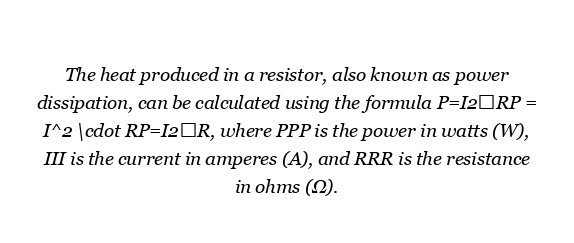What is the meaning of the tolerance of a resistor ?
The tolerance of a resistor refers to the allowable deviation in its resistance value from the specified nominal or ideal resistance. It indicates the range within which the actual resistance of the resistor can vary from the stated nominal value. Tolerance is expressed as a percentage of the nominal resistance value and is typically indicated … Read more
